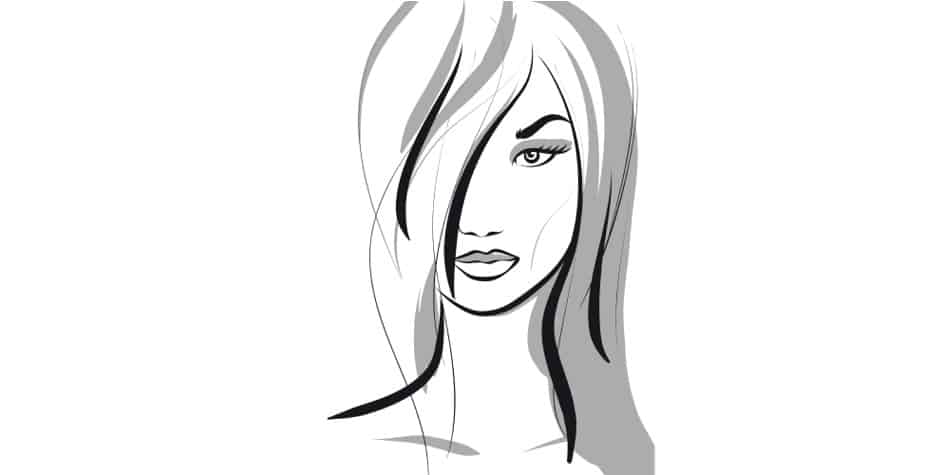Research Shows Men and Women Judge Womens’ Faces Differently
Years of research have confirmed that, in general, your face is the most critical factor in how attractive people find you. But how do you quantify facial attractiveness? In a study published in PLOS One entitled “Facial Features: What Women Perceive as Attractive and What Men Consider Attractive,” researchers from Universidad Autónoma de Madrid in Spain conducted a behavioral study to find out what women find attractive in their faces and what men find attractive in women’s faces.
They specifically looked at four factors and how these factors interact to see how they impact how attractive people find a face:
- facial fluctuating asymmetry: “Facial, what now?!” While this term may sound intimidating, it just means how symmetrical your face is if you draw a line down your nose, with people frequently seeing more symmetrical faces as more attractive.
- Facial averageness: this one is easy enough; how close an individual looks to the average of that particular culture, with more average looks generally more attractive.
- Facial sexual dimorphism: In women, this refers to the traditionally feminine facial features, such as a small chin or a higher cheekbone.
- Facial maturity: This refers to facial features associated with age, such as wrinkles around the eyes or loose skin, with these signs of age being associated with lower ratings of attractiveness, although notable exceptions exist even within this study.
These individual features have been studied before, but the new thing this study was able to do is to look at how these features interact, such as how attractive we would consider a woman’s face highly symmetrical but far away from the average face for that culture.
To answer these questions, the researchers had women rate the attractiveness of their faces and a group of men rate the beauty of their faces. They also had independent measures taken of all four of the facial factors.
They found that the most vital factor in how women rated their attractiveness was their age, with women feeling they were more attractive as they got older. They also found that those with more asymmetrical faces perceived themselves as less attractive. Neither averageness nor femininity affected how the women felt about their attractiveness.
When men rated the women’s faces, they found that the most attractive looks were low in facial maturity and asymmetric and were the closest to the culture average. These go along with typical findings of studies of facial attraction, except no result for the femininity of the faces.
Together, these findings point out how when you consider multiple factors, you get a complete picture of what matters. You also see how the importance of factors does lie in the eye of the beholder.

